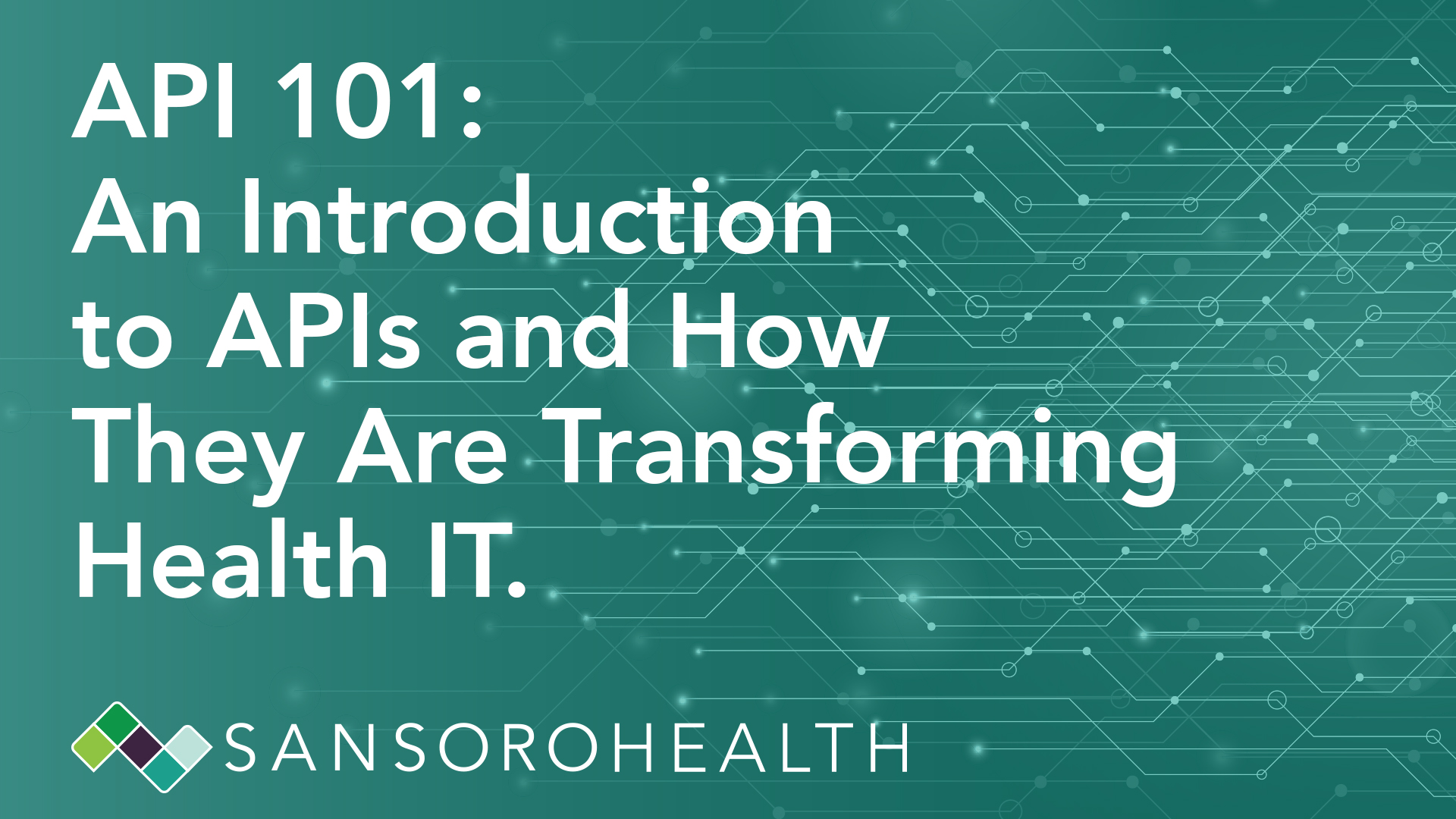Industry invited to join and participate in the HL7 Da Vinci Project’s newest use case conference calls
Retrieving a duplicate of remittance advice that was previously issued by a payer is a headache-inducing manual process that can involve the use of web portals, phone calls, faxes and emails.
But implementing an HL7 Fast Healthcare Interoperability Resources (FHIR®) Application Programming Interface (API) could change all that.
The HL7 Da Vinci Project has launched a Postable Remittance Advice Use Case with the goal of publishing an implementation guide (IG) for such an API next year. The API will support the request for a duplicate copy of previously issued remittance advice – paper or electronic – in real time to allow efficient, timely and accurate posting of payments.
Remittance advice is a document that healthcare providers receive from insurance companies after submitting a claim. It provides information on the payment status of the claim, including the amount paid, the patient's responsibility and the reason for any denials or adjustments. The purpose of the remittance advice is to inform the healthcare provider of the remittance details and to allow them to reconcile their accounts and ensure that the payment is accurate.



